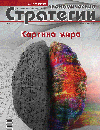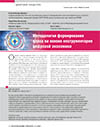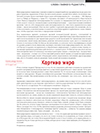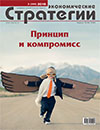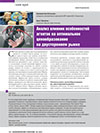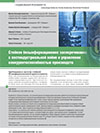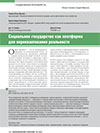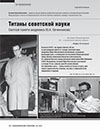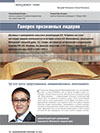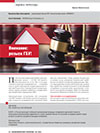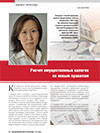Methodology of Plan Development Based on Digital Economy Tools
DOI: 10.33917/es-4.162.2019.6-17
The article deals with insufficiently explored fundamental methodological problem of creating a unified enterprise plan. Currently, plans/budgets are generated based on a variety of separate forms from various aspects of production and business activities, and combining them into a single document is practically impossible. The existing enterprise plan has got quite a formal role. In the current situation, a transition from forming separate documents to creating a single plan in the subjects of the real sector of economy is required in order to assess the whole range of tasks and goals of socio-economic development with regard to all the resources necessary for their implementation. Creating a single plan is a task of an extremely high level of complexity, which is solved by means of coding (digitizing) various information by all indicators and business operations with them, reflecting the business activities in business processes, as well as through significantly changing the structure of the plan, implementing compliance functions


